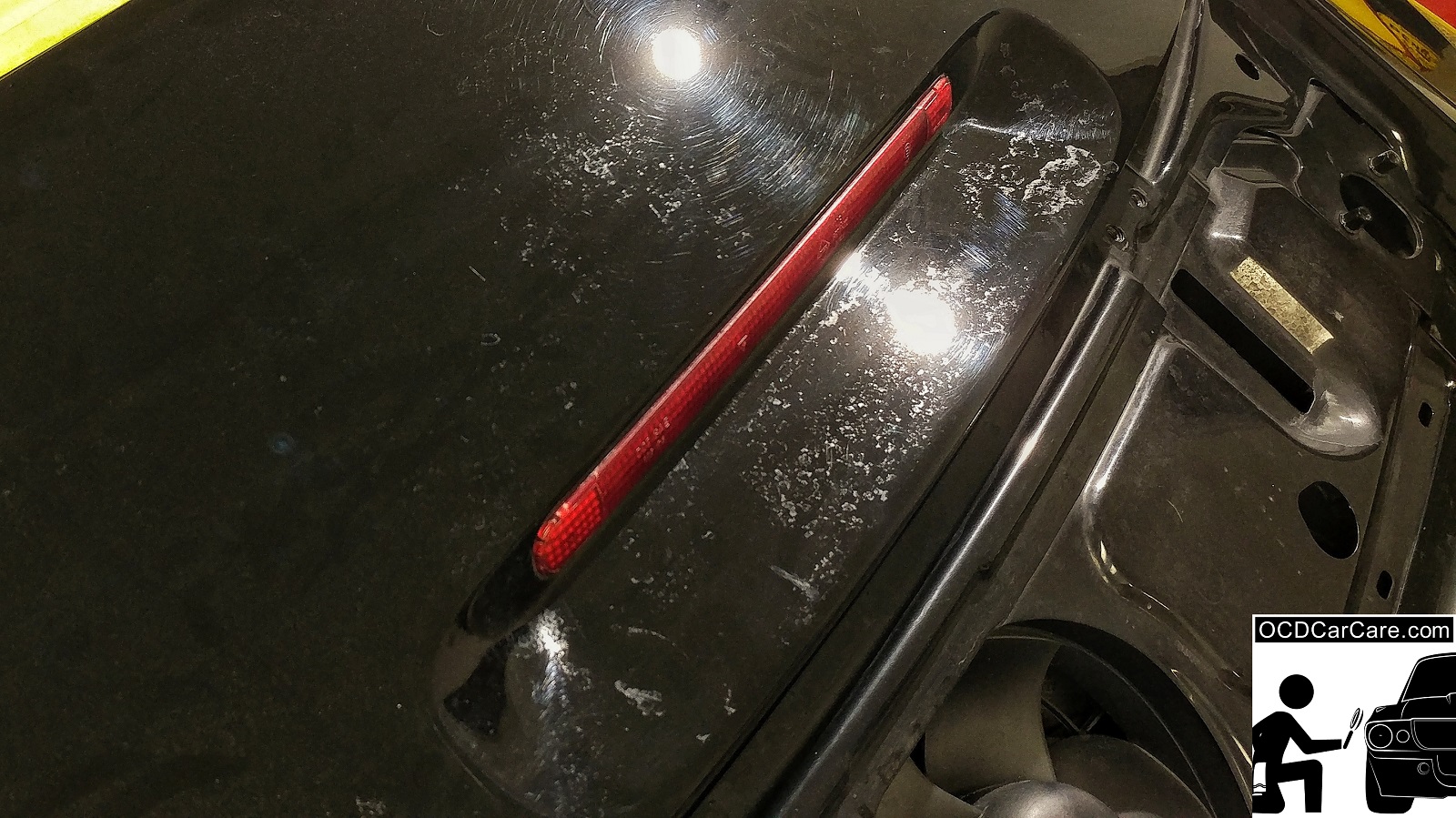Exactly How Ceramic Coating Philadelphia Guards Against UV Rays and Environmental Damages
Exactly How Ceramic Coating Philadelphia Guards Against UV Rays and Environmental Damages
Blog Article
Why Ceramic Layer Is the Ultimate Solution for a Flawless Complete
Ceramic coating has emerged as a leading remedy for those seeking a remarkable surface for their cars, thanks to its impressive toughness and safety features. This advanced liquid polymer not only bonds flawlessly with factory paint but additionally offers a powerful obstacle against typical risks such as scrapes, UV rays, and ecological toxins. Moreover, its hydrophobic properties streamline upkeep while improving visual appeal. However, understanding just how this innovation compares to typical approaches and exploring its application subtleties can disclose even a lot more concerning its worth. What variables absolutely set ceramic finish apart?
What Is Ceramic Layer?

When used correctly, ceramic coating creates a hydrophobic surface that wards off water and dirt, making it simpler to preserve and cleanse. Unlike traditional waxes or sealers, which typically provide temporary protection, ceramic finishes can last for several years, depending on the item quality and application technique. The procedure of applying ceramic covering requires precise preparation, including complete cleaning and often paint correction, to ensure optimal bonding and effectiveness.
Ceramic coatings are not restricted to vehicle surfaces; they can additionally be utilized on different products, including glass, metal, and plastics, supplying a functional remedy for boosting security. In general, ceramic finish represents a considerable improvement in surface area security innovation, integrating both visual and functional benefits for a variety of applications.
Advantages of Ceramic Covering
While numerous surface area security options exist, the advantages of ceramic coating stand out because of its one-of-a-kind homes and long-lasting performance. Among the key benefits is its extraordinary toughness. Ceramic Coating Philadelphia. Unlike standard wax or sealers that need constant reapplication, ceramic layers give a durable layer that can last for several years, dramatically lowering maintenance efforts
An additional significant advantage is boosted defense versus ecological contaminants. Ceramic coatings develop a hydrophobic surface area that pushes back water, dust, and different pollutants, making it easier to clean. This function not just preserves the car's look yet likewise minimizes the threat of deterioration and oxidation, particularly in harsh climate condition.
Furthermore, ceramic coatings offer exceptional resistance to UV rays, protecting against fading and degradation of paint over time. This UV protection is critical for maintaining the visual worth of lorries and surfaces revealed to direct sunlight.
Additionally, the glossy coating accomplished with ceramic finishing improves the total visual charm, giving surface areas a showroom-quality shine. In general, ceramic coverings stand for a considerable development in surface area security innovation, offering enduring advantages that deal with both useful and visual demands.
Exactly How It Functions
Recognizing the science behind ceramic finishes exposes exactly how they provide such exceptional protection and longevity. At its core, a ceramic finish is a fluid polymer that chemically bonds with the automobile's manufacturing facility paint.
The application procedure involves several steps, including surface prep work, which is important to attaining ideal adhesion. Once used, the covering goes through a curing procedure, throughout which it solidifies and creates a semi-permanent bond with the paint surface area. This bond is what differentiates ceramic finishes from standard waxes and sealants, providing a longer-lasting safety barrier that can withstand for many years.
Moreover, the thickness of the finish can enhance its safety high qualities, ensuring that it can endure severe problems. Inevitably, the science of ceramic layers integrates innovative products with cutting-edge application techniques to deliver an unmatched degree of security and visual improvement for automobiles.
Contrast With Standard Methods
When compared to conventional paint defense approaches such as sealants and waxes,The advantages of ceramic coatings come to be specifically noticeable. While waxes use a short-lived luster, generally lasting a few weeks to a number of months, ceramic coatings provide a long-lasting safety layer that can sustain for numerous years. This toughness dramatically minimizes the regularity of reapplication, making ceramic finishings an extra cost-efficient solution gradually.
Additionally, typical approaches often call for extensive preparation and numerous applications to achieve a satisfying degree of security. On the other hand, ceramic finishings bond at a molecular level with the vehicle's surface area, developing a durable shield against ecological impurities like UV best site rays, acid rain, and roadway salts. This bond improves the vehicle's resistance to scratches and swirl marks, which are common with traditional waxes and sealants.
Moreover, the hydrophobic residential or commercial properties of ceramic coatings drive away water and dust, leading to simpler cleaning and maintenance. In comparison, wax and sealant-treated surface areas can attract crud, necessitating more frequent cleaning - Ceramic Coating Philadelphia. On the whole, ceramic layers not just provide premium security however additionally provide an extra enduring straight from the source and aesthetically appealing coating, establishing them as the preferred option for discerning vehicle owners
Application and Maintenance Tips

Using a foam applicator, use the coating in little sections, following the maker's guidelines concerning density and overlap. Allow enough treating time in between layers, generally 24-hour, to guarantee proper bonding. After application, it is essential to avoid exposure to water or extreme elements for at the very least a week to his explanation allow the finishing to completely cure.
For upkeep, wash the car on a regular basis with pH-balanced soaps and prevent rough materials. Touchless automobile cleans are recommended to decrease scraping. Additionally, making use of a ceramic upkeep spray can improve the coating's hydrophobic residential properties and longevity. Regular assessments for any indicators of wear will help maintain the covering's stability and protect that immaculate finish.
Final Thought
In conclusion, ceramic finish arises as a superior alternative for attaining a flawless auto surface. By forming a robust bond with factory paint, ceramic layer successfully shields versus scratches, UV rays, and ecological pollutants.

Report this page